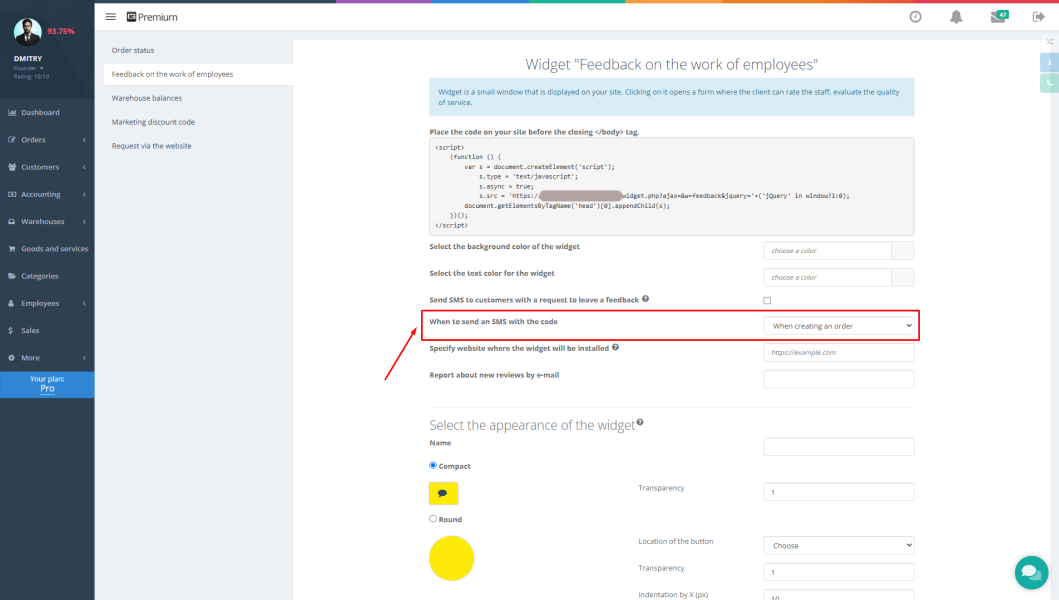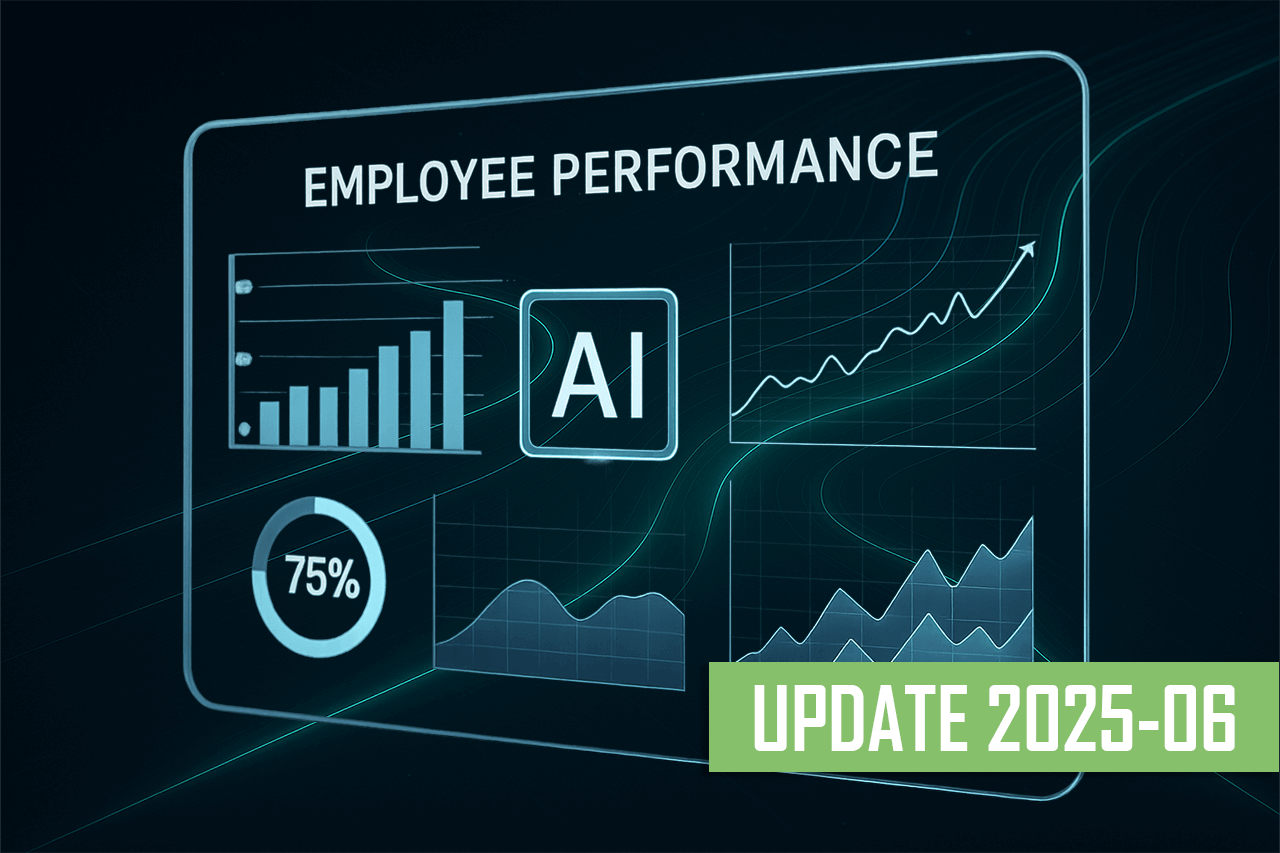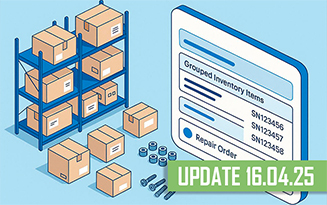Choosing Software for Inventory Management in a Service Center.
Every service center owner and even small repair shop inevitably faces the challenge of selecting the right software for their service operations. Since business growth and even basic management are impossible without an information environment that not only serves as a database but also streamlines and automates business processes within the workshop.
Today, there is a vast selection of various software solutions available for accounting in service centers. However, for those who are not experts in the field of repair business automation, making the right choice can be particularly challenging. The goal of this article is to objectively and impartially examine the available options and assist the reader in making the right decision.
Thus, all accounting software for repair workshops can be divided into two categories:
- local (boxed solutions), which are installed on the user's computer;
- “cloud-based” online software, commonly referred to as SaaS solutions.
The first category, the local software that users install on their workstations, has several significant drawbacks, making it increasingly unpopular among entrepreneurs.
Disadvantages of Boxed Software for Service Centers:
- Installing a boxed program on a staff member's workstation or on your server and setting up remote access to the local server via a gateway is a costly and complex task, not manageable by all entrepreneurs. Often, it is necessary to seek out and hire an IT administrator for both the initial setup and ongoing maintenance of the system. In contrast to cloud-based (SaaS) solutions, where all you need to do to get started is visit a website and enter your login credentials. The functionality and uninterrupted access to cloud services are maintained by the developer's support team.
- Adding a new user in local software again requires a significant investment of time or hiring a specialist for configuration. If a workstation fails, you will need to install and configure the software or client access on a new machine. In a cloud program, your employee can log into the system from any device with a browser, simply by entering the system's URL and their login/password combination.
- Security is also a crucial consideration. With locally installed accounting systems, all your database is stored on your workstation or server. This means that employees from tax authorities, cybersecurity agents, and other malicious individuals can freely access your data. Not to mention the risk of hard drive failure. Meanwhile, the databases of cloud systems are typically hosted on foreign servers and operate with automatic backup. Hence, neither law enforcement nor emergencies can halt the operations of your service center.
- Another disadvantage of boxed programs for service centers is the lack of online support. Once you install the program on your computer, you are left to navigate the new software independently, even with limited training materials available. A quality accounting program for a service center is a complex and multifunctional suite of inventory, accounting, and other modules, which will inevitably raise many questions during use. The advantage of cloud programs is that almost all of them offer 24/7 online user support through chat. Therefore, whenever you have a question, you can open the chat window and ask a consultant, significantly easing your experience with the system.
- Lastly, another important reason boxes programs are declining is the necessity for integration with various online applications and services. For example, Google Analytics, Yandex Metrics, Mailchimp, SMS providers, and websites, etc. Integrating boxed solutions with various web services can be quite challenging, unlike cloud-based accounting systems for service centers, where setup takes just a few clicks.
- Finally, the overwhelming complexity of developing and updating versions of software installed on a user's remote computer is a nail in the coffin for boxed programs. While new versions of cloud software come out at least quarterly, boxed solutions are typically updated at best once a year, and even then, with great difficulty. Why is this? In a cloud environment, the servers of the developers manage client databases with a single script, which can be easily updated to add new functionality. Essentially, one script gets updated, and thousands of users benefit from the new version. In contrast, with boxed versions installed on numerous local machines, users have various local configurations and features; an attempt to update hundreds of scripts usually leads to multiple bugs that need to be manually fixed. Moreover, if an error occurs, rolling back the version is impossible. This necessitates thorough testing before each release, resulting in significant support costs.
For these reasons, all modern developers are transitioning to the cloud, as creating boxed software products simply cannot compete with cloud solutions.
Disadvantages of Cloud Software:
- The main drawback of cloud software is the presence of a monthly subscription fee. When you purchase a boxed solution, you pay one-time upfront (for example, 20,000 rubles), then install the software on your computer, configure it yourself, and begin using it without any further payments, except for additional licenses if you hire new employees. With cloud products, things are slightly different: you usually don’t need to pay anything upfront, as the first month of using the software is often completely free. You simply register on the developers' website, gain immediate access, and start working without any setup. If you have questions about using the program, there is round-the-clock online support available right away. The developer company assumes all responsibilities for training, support, program maintenance, and developing new functionalities. However, for these services and conveniences, you will need to pay a small monthly fee of about 1,000 to 2,000 rubles.
- Another drawback (more perceived than actual) is the concern that the developers' support team may access your commercial company information. Of course, unless you're involved in trading weapons or drugs, there's nothing to worry about, as even with local installations, your staff and IT administrators have access to the database, making it impossible to prevent third-party access.
How to Choose a Cloud Program for Automating a Service Center?
For most entrepreneurs, the choice in favor of cloud SaaS solutions is evident, but which specific program for the service center should you choose? Currently, there are about five cloud solutions available for accounting and automating businesses in the service sector.
I recommend paying attention to the most popular software solution used by hundreds of service centers both in Russia and abroad. It is the specialized software suite Gincore, which includes all the necessary modules and functions to operate efficiently for both small workshops and large networks of service centers.
For a more detailed overview of the functionality and capabilities of the program, you can check out the developers' YouTube channel.

.png)











